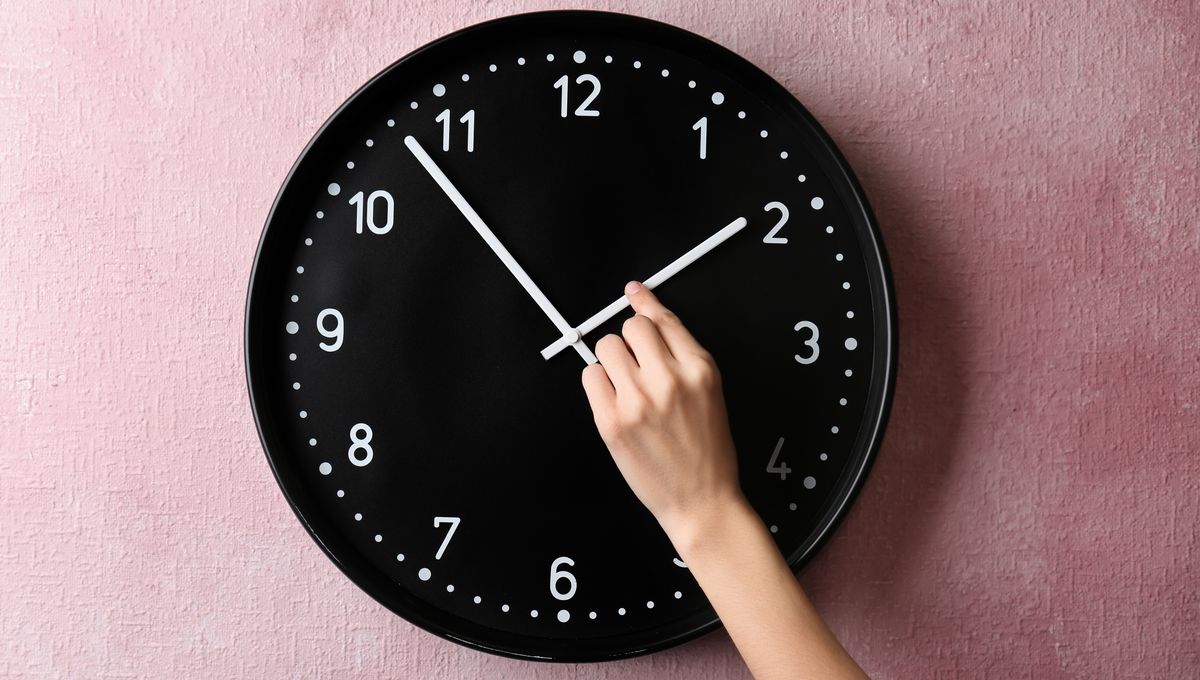
A blink, a heartbeat, or even saying “one Mississippi”. These are ways we try to count one second with our body. Whether it’s the ticking of a clock or a changing number on a digital display, the basic unit of time describes the beat of our lives and underpins almost all scientific measurements. But what is a second?
The definition of a second
ADVERTISEMENT
The definition that we use today was agreed globally in 1967. A second is “the duration of 9,192,631,770 periods of the radiation corresponding to the transition between the two hyperfine levels of the ground state of the cesium-133 atom.” Basically, it is possible to place an atom in a specific excited state and it will eventually drop back to the ground state.
This transition can be used to make an excellent notch filter in the microwave range. Given its high stability, this filter can be used to keep a beat. That is the base of very precise atomic clocks. The definition was partially updated in 2018 but was still based on the hyperfine transition of the cesium-133 atom.
The second and its definition is fundamental to metrology, the science of measuring things. In fact, the meter, the kilogram, ampere, kelvin, and candela, which are respectively the unit of length, mass, electric current, temperature, and luminous intensity, all depend on the definition of the second.
Redefining the second
While the definition has been great for many decades, researchers have been looking at the possibility of improving it even further. Technological breakthroughs in optical atomic clocks are delivering precisions far beyond what a classical cesium clock could get, such as getting the fastest clock and developing new ways to make these instruments.
“As a general principle, the definitions for the SI units should be based on the measurement methods that lead to the lowest uncertainty for all secondary measurements of quantities based on those units,” Dr Liz Donley, chief of the National Institute of Standards and Technology Time & Frequency Division, told IFLScience.
“Optical frequency standards have reached the level where they can perform frequency measurements that are 100x more accurate than the measurements that are performed using Cesium as the standard.”
ADVERTISEMENT
A potential redefinition is in the cards, possibly in 2030, but there are several strict requirements that must be achieved before this can happen, including the ability to send the precise redefined second over fiber optics, for example.
It might not change the way we measure the moments of our lives but it will be incredibly important in science. It will be like having a wristwatch that doesn’t lose a second even when left running for billions of years.
Source Link: What Is A Second And How Will It Change In The Future?